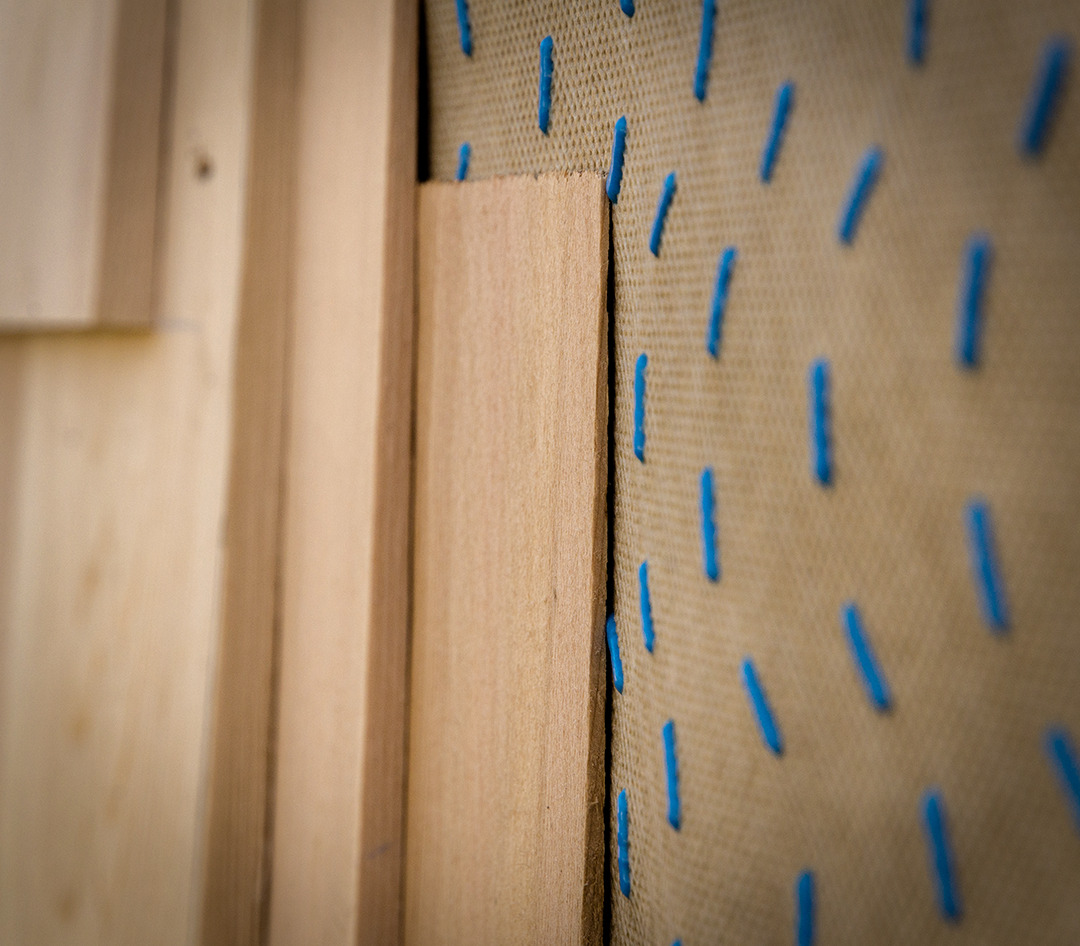Understanding the basics of vapor permeability and its importance can help you make crucial material selections for your homes. Keep reading to learn more about how to factor in vapor permeability to get the best products for the job.
Vapor permeability: what is it and why it matters
Vapor permeability defines a material’s ability to allow water vapor to pass through it. When water transforms into a gas, it can then move through the layers of the building envelope. From the cladding to the interior paint, nearly every element has a “perm rating,” or some influence on the structure’s overall permeability.
When thinking of perm rating associated with building products, compare it to a car’s throttle. In low throttle, a vehicle doesn’t move very quickly; however, in high throttle, it moves much faster. Think of low/high-perm ratings as an equivalent to low/high-throttle in a car.
Consider the climate
Climate has an impact on strategy and material selection. Generally, water vapor moves from the warm side of the wall to the cold side. However, due to vapor-permeable products allowing for moisture movement on both sides of the wall, common practice dictates an outside-in approach in Southern climates and inside-out up north. To prevent hot, humid air from entering the wall assembly and avoid moisture drive from the exterior, builders should avoid exterior products that are high in permeability. If too much vapor moves through the exterior moisture-control layer (WRB), it puts the sheathing at risk of becoming saturated.
Finding the perfect product
It’s crucial to remember that water will always migrate toward drier places, so choosing building materials that allow it to escape can help prevent wall system failures. According to the Building Science Corporation, builders should choose materials that meet two requirements:
- they keep water out
- they let water out if it gets in
At Benjamin Obdyke, we focus on designing products that fall within 10-20 perms. Products within this range perform well in all climates. It’s low enough to slow down exterior moisture migration but high enough to pull moisture out. Check out which products in our lineup are best for your next project.
Complement your system with the right flashing product
When approaching walls as a system, which we recommend, flashing products can enhance the integrity of the building envelope. Utilizing a systems approach ensures that each product works together to solve every installation challenge.
However, one misconception we see among builders and installers regarding flashing is the notion that “more is better.” Using wide widths of impermeable material when attempting to seal gaps can cause the wall to become vapor closed, eliminating the possibility of the water vapor escaping. It’s best to tape sheathing seams using a permeable flashing tape, like HydroFlash UV+, to create the perfect air seal that will still allow for water vapor to escape.
At Benjamin Obdyke, we’re committed to providing our customers with the resources they need to Build Better. Want to learn more? Let’s talk!




